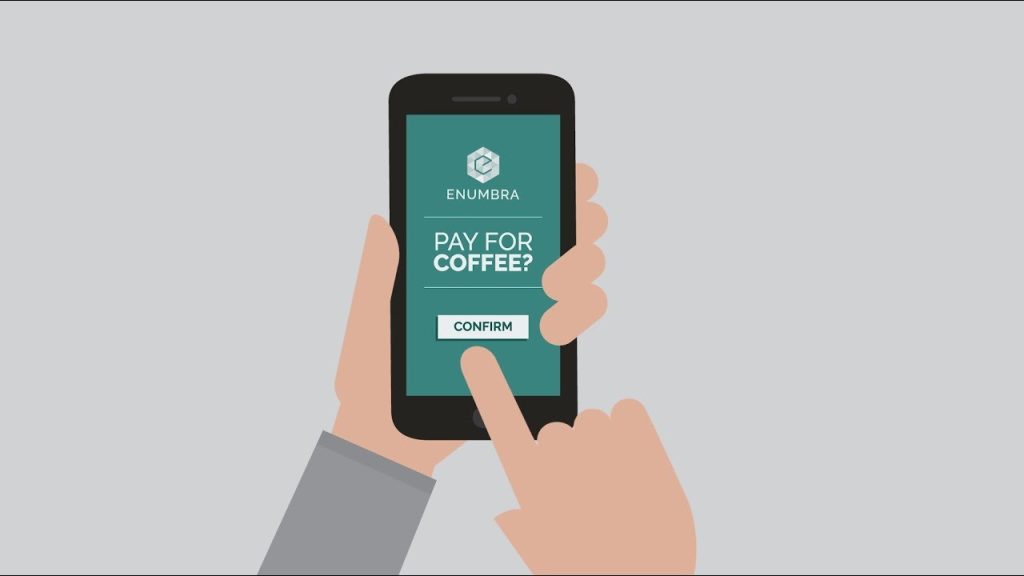In the bustling digital economy, the ability to monetize small interactions is the final frontier for many businesses. From unlocking a premium article to tipping a creator or buying a virtual item, the potential is enormous. Yet, the path to profitability is littered with failed micropayment systems that buckled under the weight of high transaction fees and user friction. This guide breaks down the essential Core Principles for a Profitable Micropayment System, moving beyond theory to offer actionable strategies. We will pay special attention to the unique, high-volume opportunities within the mobile dimension, using a powerful real-world model as our blueprint for success.
What Are Micropayments, and Why Are They Different?
At its simplest, a micropayment is a financial transaction involving a very small sum of money, typically ranging from a fraction of a cent to a few dollars. But their small value belies their complexity. Unlike traditional payments, micropayments are a fundamentally different beast for three key reasons:
High Volume: A successful system must be able to process thousands or even millions of transactions seamlessly. Profitability isn’t found in the margin of a single transaction, but in the aggregation of countless small ones.
Extreme Sensitivity to Fees: A standard $0.30 + 2.9% credit card processing fee can completely erase the profit on a $0.50 transaction. The core challenge of any micropayment business model is minimizing these transaction costs.
Low User Tolerance for Friction: Consumers will fill out a form for a $500 purchase, but not for a $0.50 one. The payment process must be instantaneous and nearly invisible.
These principles make micropayments ideal for digital content monetization, in-game purchases, voting systems, and small-scale service charges, but only if the underlying system is built for purpose.
The Unique Landscape of Mobile Phone Micropayments
While web-based micropayments have struggled, mobile phone micropayments have quietly thrived in certain markets by leveraging the one device everyone carries and the one bill everyone pays. This model typically uses carrier billing, where charges are added directly to a user’s monthly phone bill. This creates a trusted, low-friction environment that is perfectly suited for small, impulsive transactions.
A Deep Dive into the Korean Mobile Micropayment Cashing System
In South Korea, the three major telecom giants—SKT, KT, and LG U+—have integrated a sophisticated postpaid payment service directly into mobile plans. This allows users to make micropayments up to a monthly limit (often around 600,000 KRW). The charges are consolidated and added to the following month’s mobile phone bill.
This system has created a unique secondary market known as “mobile micropayment cashing.” The process works like this:
Purchase: A user buys a digital gift certificate or product using their mobile micropayment balance.
Sell: They resell the digital voucher to a cash-out company online.
Receive Funds: The company deposits the cash value (minus 10–20% commission) into the user’s bank account.
Pay Later: The original purchase appears on next month’s phone bill.
These carrier apps allow real-time monitoring, history tracking, and full control of payment settings. Users can voluntarily block the service for safety, then later request 휴대폰결제 이용차단 해지 (cancel blocking mobile phone payment).
The system also has clear rules regarding 한도 초과 및 미납 발생 시 대처 방법 (how to respond to exceeded limits or missed payments). If a user fails to pay, the payment service and eventually the entire phone line can be suspended until the balance is settled. This creates reliability, low default rates, and a sustainable ecosystem.
Core Principles for Building a Truly Profitable Micropayment System
Principle 1: Drastic Minimization of Transaction Costs and Fees Micropayments collapse under standard payment fees. Key solutions include aggregated billing, proprietary payment rails using credits or tokens, and direct debit relationships.
Principle 2: Optimize User Experience for Seamless Transactions Micropayments must feel effortless. Use one-click payments, invisible authentication, and clean minimalist interfaces that require minimal decisions from the user.
Principle 3: Robust Fraud Prevention and Security Without Overburdening Users Security must be strong but silent. Behavioral analytics, leveraging existing verified platforms, and smart spending limits keep systems safe without disrupting user flow.
Principle 4: Strategic Pricing and Volume for Sustainable Profitability Micropayments depend on massive volume. Offer bundles, micro-subscriptions, and psychologically easy impulse-priced items to encourage constant use.
Principle 5: Clear Value Proposition and Efficient Monetization Users pay when value is unmistakable. Provide granular content, instant fulfillment, and contextual pricing at moments of immediate need.
Principle 6: Scalability and Strong Technical Infrastructure Micropayment systems require high-performance infrastructure. Use optimized ledgers, asynchronous processing, and cloud-native architecture to handle millions of transactions reliably.
Future Outlook and Persistent Challenges

Regulation, competition, and technical limits continue to evolve. New technologies, especially blockchain, promise low-fee, high-speed value transfer, but scalability and UX issues remain. Carrier billing stands today as one of the most successful models because it solved the friction problem first.
Conclusion
Building a profitable micropayment system is challenging but achievable. Success depends on mastering the core principles: low transaction costs, frictionless UX, smart security, volume-based pricing, clear value, and cloud-scale reliability. The Korean ecosystem shows that when convenience meets intelligent design, micropayments can thrive. By applying these principles, businesses can finally unlock the true potential of micro-transactions.
Share your experiences with micropayment systems or questions about mobile monetization in the comments. Explore more articles on financial technology, digital business, and monetization strategies on k9deb.com.


